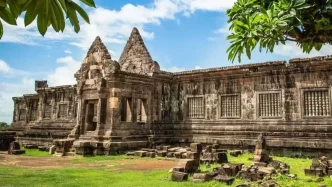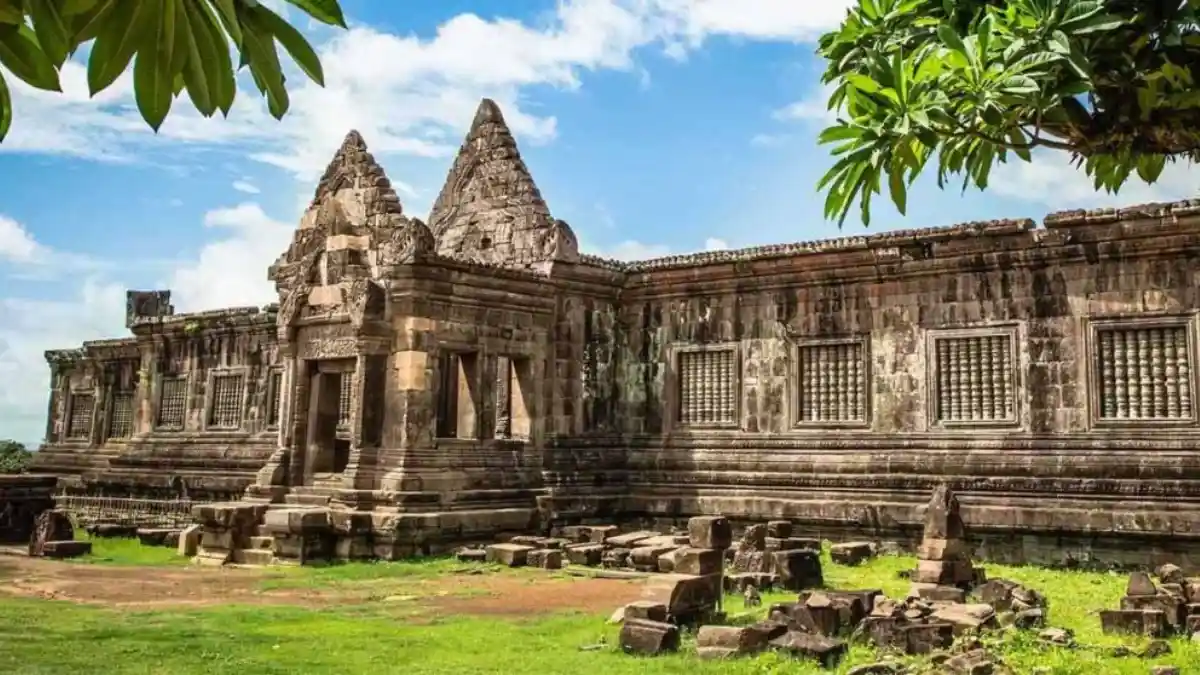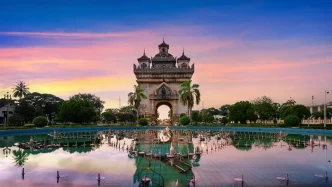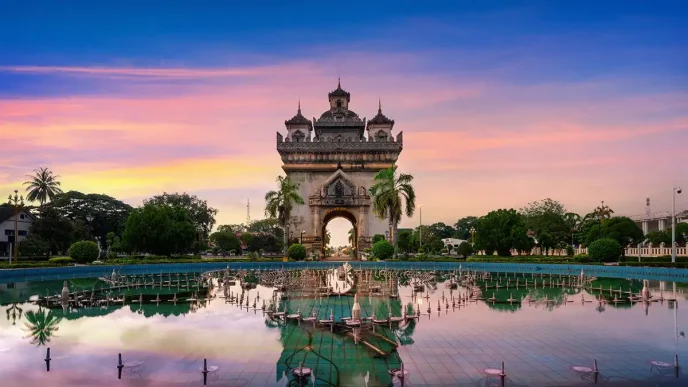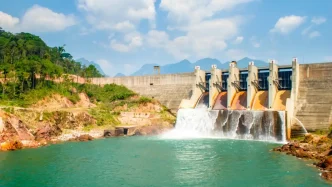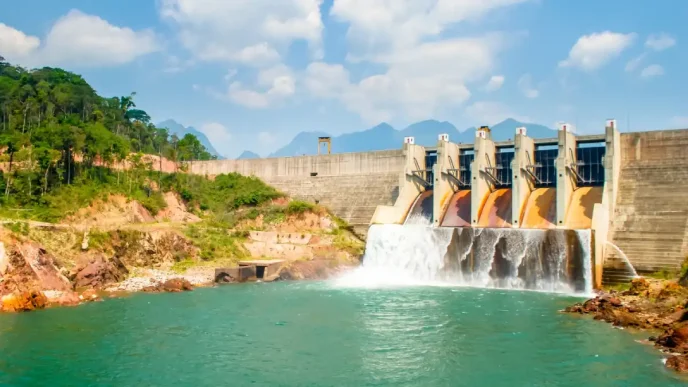Champasack Province in southern Laos has emerged as a standout destination in South East Asia, drawing an impressive 426,126 visitors in the first seven months of 2025 alone. This figure, which includes domestic, border, and international travelers, has already surpassed the province’s annual target of 350,958 visitors by a remarkable 21 percent. With tourism revenue exceeding US$55 million during this period—an 8 percent rise compared to the same timeframe in 2024—Champasack is cementing its place as a cultural and natural gem in the region.
A Cultural Heartland on the Mekong
Nestled along the west bank of the Mekong River, south of the provincial capital Pakse, Champasack is home to some of Laos’ most treasured attractions. Chief among them is Wat Phou, a UNESCO World Heritage site that predates Cambodia’s iconic Angkor Wat. Built between the late 10th and early 11th centuries, Wat Phou—meaning Mountain Temple—was originally dedicated to Shiva, a principal deity in the Hindu Trimurti. By the 13th century, it transformed into a Buddhist monastery, a role it continues to play for local worshippers today.
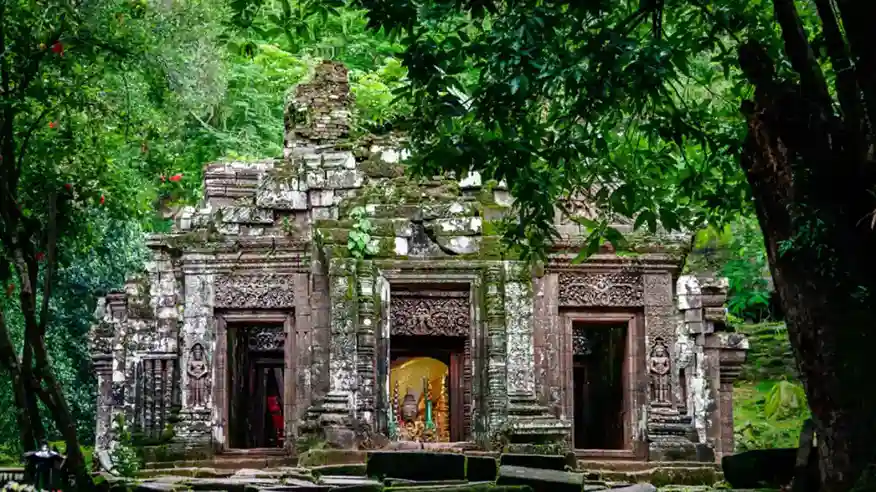
The Wat Phou complex is more than just a temple; it represents a meticulously planned cultural landscape spanning over 10 kilometers. Designed to reflect the Hindu vision of harmony between nature and humanity, the site stretches from mountain peaks to riverbanks, incorporating temples, shrines, and intricate waterworks. Its architecture and artworks stand as a testament to the Khmer Empire’s influence across South East Asia between the 10th and 14th centuries, offering visitors a glimpse into a civilization that once dominated the region.
Beyond Wat Phou, Champasack’s allure lies in its diverse offerings. The Bolaven Plateau, known for its lush coffee plantations and cascading waterfalls, draws nature enthusiasts, while the serene Mekong River provides a scenic backdrop for boat tours and village visits. These attractions have collectively captivated a wide range of travelers, with 172,773 domestic visitors, 73,142 border tourists, and 180,211 international arrivals contributing to the province’s record-breaking numbers in 2025.
Sustainable Growth and Infrastructure Push
The provincial government is not resting on its laurels. Efforts are underway to enhance tourism infrastructure and promote sustainable practices, ensuring that the influx of visitors does not compromise the region’s cultural and natural heritage. Improved roads, better signage, and eco-friendly initiatives are part of a broader strategy to elevate the visitor experience while preserving sites like Wat Phou for future generations.
Champasack’s success mirrors a wider trend across Laos, where tourism is experiencing a robust recovery. The country welcomed over 2.3 million tourists in the first half of 2025, a notable increase from 2.1 million during the same period in 2024. With a national target of 4.5 million visitors by year-end, Laos is on track to surpass its goal, building on the momentum of last year’s 4.1 million arrivals.
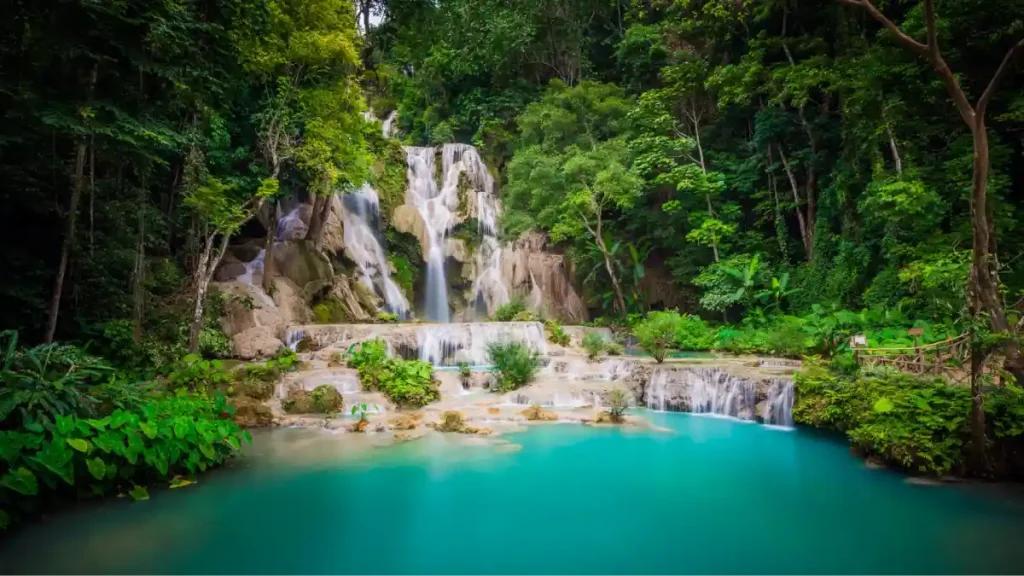
Luang Prabang: A Northern Counterpart
Elsewhere in Laos, the northern city of Luang Prabang—another UNESCO World Heritage site—reported nearly US$32 million in tourism revenue during the first five months of 2025. Situated on a peninsula formed by the Mekong and Nam Khan rivers, Luang Prabang is celebrated for its fusion of traditional Lao architecture and colonial European influences from the 19th and 20th centuries. Once the capital of the Lane Xang Kingdom, known as the Kingdom of a Million Elephants, the city was a key hub on the ancient Silk Route and remains a center of Buddhist culture.
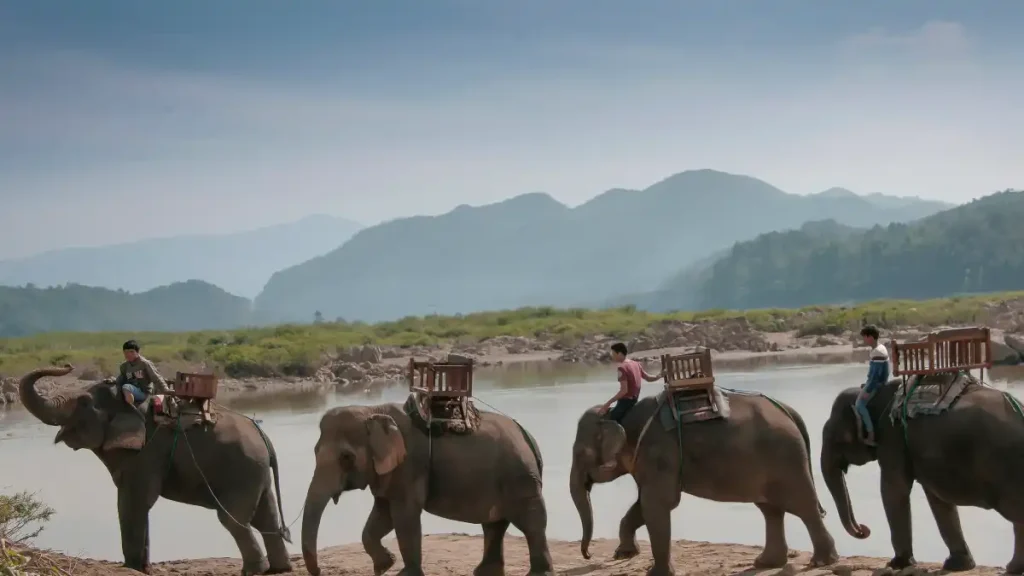
Legends abound about Luang Prabang’s origins, including a tale that Buddha himself smiled during a visit, foretelling the rise of a powerful city. Today, its well-preserved townscape and spiritual significance continue to draw travelers seeking history and tranquility amidst the surrounding Phou Thao and Phou Nang mountains.
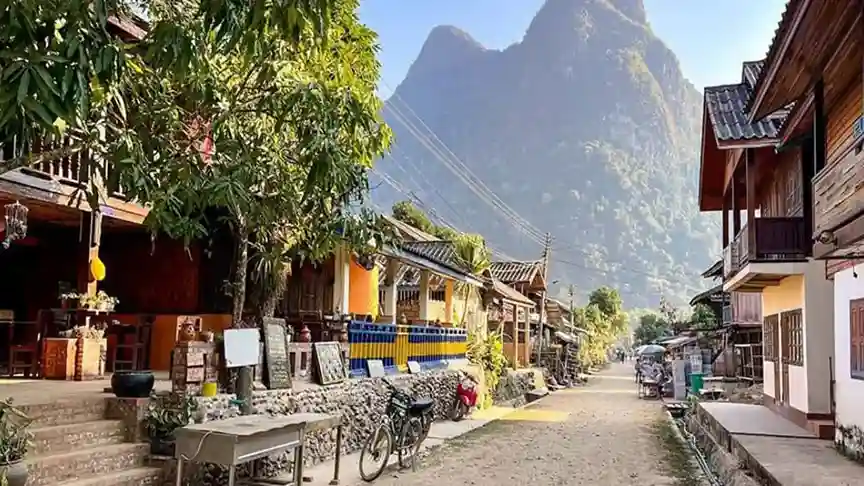
A Bright Future for Laos Tourism
Champasack’s early achievement of its 2025 visitor targets highlights the enduring appeal of Laos as a destination that blends ancient history with natural beauty. As infrastructure improvements and sustainable tourism initiatives take root, the province—and the country at large—stands poised to welcome even more explorers in the years ahead. For now, the bustling markets of Pakse, the sacred grounds of Wat Phou, and the timeless flow of the Mekong River remain open invitations to discover a land where the past and present converge.
